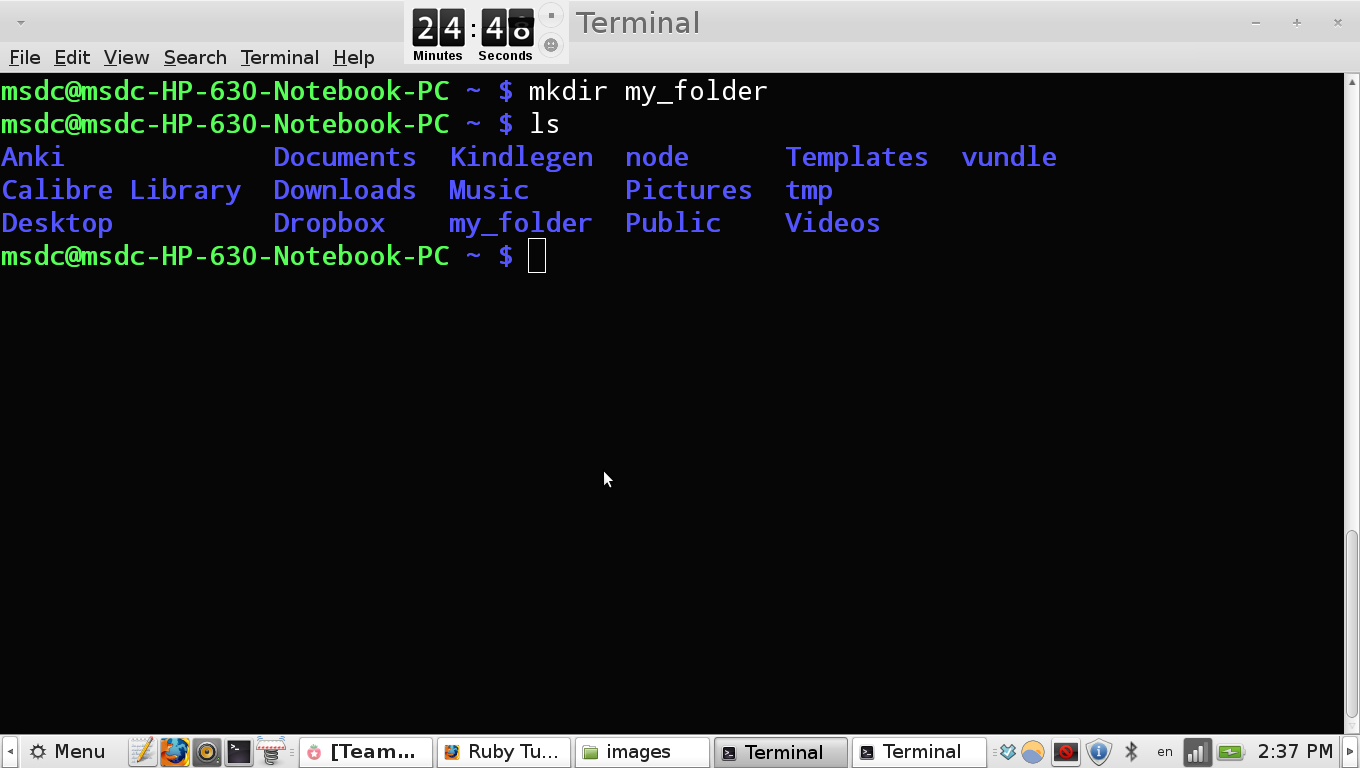

For this case, if we were to use Python’s print function, the content of the “greetings” file will look something similar to the following: #!/usr/bin/python You will first need to set the program’s location binary as a header on the file you wish to execute. You can use another program like Python’s print for this execution. In the above-discussed example, we used echo to handle the execution of the literal string “hello FossLinux user, welcome to this tutorial session”. You can also use “sudo” before “./greetings” to grant the execution processes with the needed privileges. The use of “./” before the “greetings” file tells the terminal program where to find the file scheduled for execution. We are just giving the file an execution privilege which can also be taken away. Assigning or removing a file’s execution permission does not make that file permanently executable or permanently in-executable.

It makes the use of the “chmod +x” command necessary. In this scenario, we needed to work with “read” permissions to access and output the contents of this file. For example, we needed to access the content of the created “greetings” file for the case we demonstrated. The next step is to determine the type of permission the file needs. Under the hood of this file execution processīefore the execution of any file occurs in a Linux environment, the first step is to link the path of that would-be executable file to the Linux terminal environment. The terminal environment does not interpret echo as an output but as a command needed to display the resulting terminal output. The expected output should be similar to the following: hello FossLinux user, welcome to this tutorial sessionĪs you have noted, the above output does not begin with ‘echo’. $ chmod +x greetingsĪfterward, we only need to call this “greetings” file in the following manner to access its content. To make the file executable, we will use the “chmod” command as demonstrated below. The flexibility of the Linux operating system environment becomes viable when we can make this “greetings” file executable without referencing the cat command to access its content. Otherwise, you might get an error like “command not found” when we later make the file executable. The literal string needs to start with the echo command for the Linux environment to interpret it correctly. echo hello FossLinux user, welcome to this tutorial session After the “cat greetings” command executes, the terminal outputs the literal string we stored inside the “greetings” file from the above command sequence.

This approach of creating files is not possible in other operating system environments.Ī file existing without an extension in Linux makes it possible to grant it an execution privilege whenever the need arises. As you might have noted, with Linux, it is possible to create a file without giving it a file extension like. Afterward, we stored this literal string into a file named “greetings”. $ echo 'echo hello FossLinux user, welcome to this tutorial session' > greetingsįrom the above command sequence, we used the echo command to create the literal string “echo hello Fosslinux user, welcome to this tutorial session”. Open your Linux terminal and run the following command sequence. This command is useful in creating a command string and redirecting it to a file. To create such a file, we can use the inbuilt echo command. To understand how this concept works, we need a sample file to reference. Every file can be given the executable privilege. On the other hand, when we migrate into the Linux ecosystem, the non-executable and executable file rule does not apply.


 0 kommentar(er)
0 kommentar(er)
